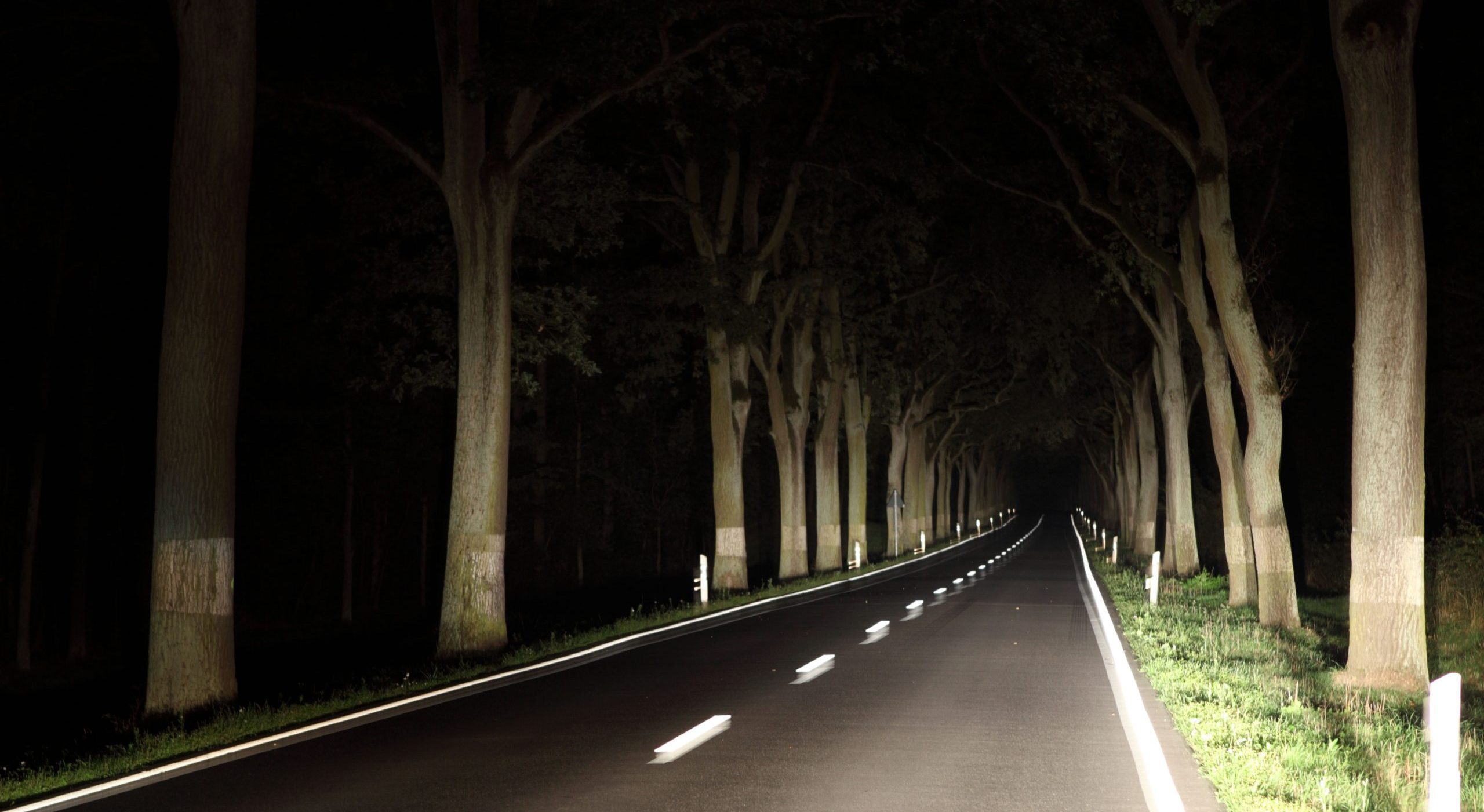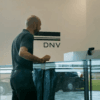
With the clocks going back on Sunday 30th October, we’re going to be travelling in the dark a lot more. That’s why we’ve written up some top tips about driving in the dark.
This year, the clock change coincides with the end of school half term. It’s likely that there will be many more children to watch out for during commuting hours, made that much more difficult thanks to the darker evenings. That’s why it’s crucial for drivers to be more vigilant than ever during the gloomy winter months.
It’s not just drivers who need to be more careful – vulnerable road users such as pedestrians and cyclists must also be aware of the dangers. IAM RoadSmart’s head of driving and riding standards, Richard Gladman, has put together some tips to keep road users safe.
- If you’re a pedestrian walking in the dark, take notice of the state of the pavement and if possible, walk in a well-lit area. Carrying a torch will help you and other road users – and it’s a lot safer than using the torch on your phone.
- Keep high-visibility clothing in your car in case of a breakdown.
- Some rural roads do not have pavements, and although we would never suggest walking on the road in the dark, you may have set off as a pedestrian when it’s light and the sun may be setting as you’re walking. As a pedestrian, plan to get to your destination before it gets dark. And as a driver, remember that not all rural roads have a pavement.
- Drive or ride every road as if you’ve never done it before as the road situation could be different each time. When travelling, be prepared – more wildlife is around at this time of year, and circumstances can change from day to day.
- Reduce your speed, understand the limitations of your vision and plan ahead. The limit of your vision at night is often the limit of your headlight beam. Always manage your speed so that you’re sure you’ll be able to stop well within this limit.
- If you’re travelling through a rural area at night, it’s possible for a herd of deer to cross the road, so those signs warning you of wild animals you’ll have previously passed will suddenly make sense. Take a look at our tips to help prevent any deer-related collisions.
- Wear the right driving/riding gear. This may sound obvious, but you’ll be surprised at the number of people who don’t. The proper footwear is crucial, and make sure your clothes are comfortable to drive in.
Richard said: “It will soon be that time of the year when our daily commute is all done in the dark, remember your headlights will be your lifeline so keep them clean and make sure they are working properly. It is amazing how different a road looks at night so take extra care and allow extra space and time in areas where vulnerable road users are likely.”
Are you a health and safety professional or fleet manager? IAM RoadSmart offers high-quality, cost-effective solutions for managing risk and maximising driver safety. Get in touch and find out how we can help your organisation.


